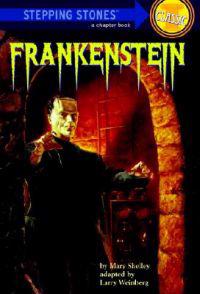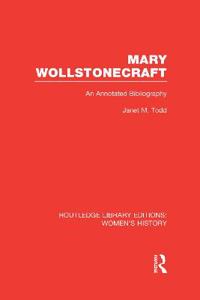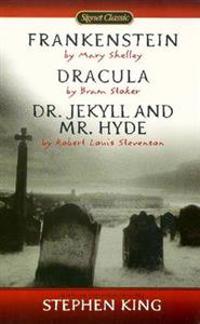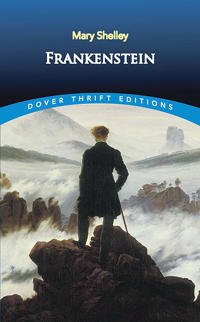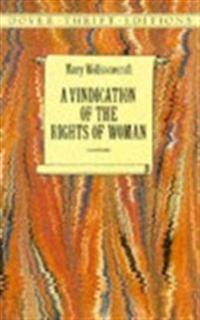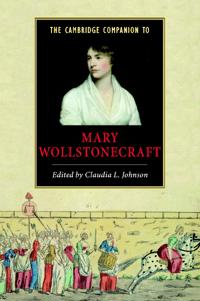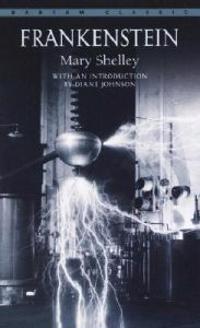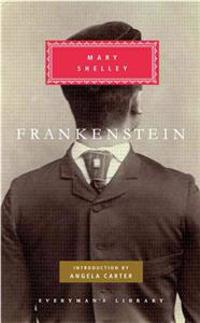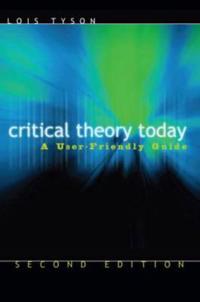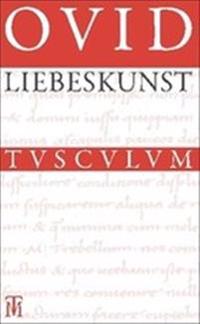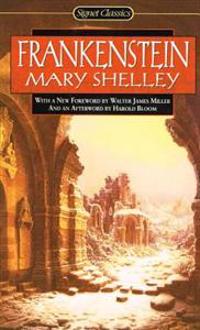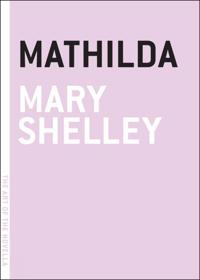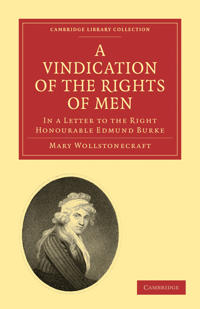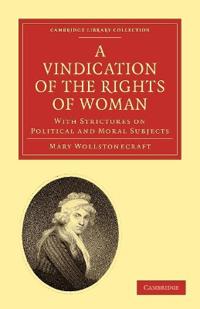Frankenstein (Häftad)
avMary Wollstonecraft Shelley, Ken Barr, Larry Weinberg
ISBN: 9780394848273 - UTGIVEN: 198204Victor Frankenstein learns the secret of producing life, and so, by putting together parts of various corpses, he creates the Frankenstein monster. The monster is huge and disformed, but he means no harm to anyone--until constant ill treatment drives him to murder and revenge. This easy-to-read vers[...]
Mary Wollstonecraft (Inbunden)
avJanet Todd
ISBN: 9780415628068 - UTGIVEN: 201209First published in 1976, this was the first comprehensive annotated bibliography of Mary Wollstonecraft's works and most of the critical and biographical comments on her in English written between 1788 and 1975. It is designed both as a research tool for scholars and students and as a revelation of [...]
Mary Wollstonecraft, Pedagogy, And The Practice Of Feminism (Inbunden)
avKirstin Hanley
ISBN: 9780415893350 - UTGIVEN: 2013-05-17Frankenstein, Dracula, Dr. Jekyll and Mr. Hyde (Pocket)
avMary Wollstonecraft Shelley, Bram Stoker, Robert Louis Stevenson
ISBN: 9780451523631 - UTGIVEN: 198208Frankenstein (Pocket)
avMary Wollstonecraft Shelley
ISBN: 9780486282114 - UTGIVEN: 199410Few creatures of horror have seized readers' imaginations and held them for so long as the anguished monster of Shelley's "Frankenstein." The story of Victor Frankenstein's monstrous creation and the havoc it caused has enthralled generations of readers and inspired countless writers of horror and s[...]
A Vindication of the Rights of Woman (Pocket)
avMary Wollstonecraft
ISBN: 9780486290362 - UTGIVEN: 199607The first classic work of feminist thought, Wollstonecraft's Vindication gathered many of its lessons on the equality and responsibilities of women from the age of Revolutions.[...]
Frankenstein: Or, the Modern Prometheus, the Pennyroyal Edition: Or, the Modern Prometheus (Pocket)
avMary Wollstonecraft Shelley
ISBN: 9780520201798 - UTGIVEN: 1994-09-06Mary Wollstonecraft and the Feminist Imagination
ISBN: 9780521004176 - UTGIVEN: 2003-04In the two centuries since Mary Wollstonecraft published A Vindication of the Rights of Woman (1792), she has become an icon of modern feminism: a stature that has paradoxically obscured her real historic significance. In the most in-depth study to date of Wollstonecraft?s thought, Barbara Taylor de[...]
The Cambridge Companion to Mary Wollstonecraft (Häftad)
ISBN: 9780521789523 - UTGIVEN: 200205Once viewed solely in relation to the history of feminism, Mary Wollstonecraft is now recognised as a writer of formidable talent across a range of genres, including journalism, letters and travel writing, and is increasingly understood as an heir to eighteenth-century literary and political traditi[...]
Frankenstein, or, the Modern Prometheus (Häftad)
avMary Wollstonecraft Shelley
ISBN: 9780553212471 - UTGIVEN: 198405"I saw the pale student of unhallowed arts kneeling beside the thing he had put together. I saw the hideous phantasm of a man stretched out, and then, on the working of some powerful engine, show signs of life and stir with an uneasy, half-vital motion." A summer evening's ghost stories, lonel[...]
Frankenstein (Pocket)
avMary Wollstonecraft Shelley
ISBN: 9780582823013 - UTGIVEN: 2004-04-06York Notes Advanced offer a fresh and accessible approach to English Literature. This market-leading series has been completely updated to meet the needs of today's A-level and undergraduate students, introducing them to more sophisticated analysis, a range of critical perspectives and wider contex[...]
Making Humans (Pocket)
avAlan Richardson, H. G. Wells, Judith Wilt, Mary Wollstonecraft Shelley
ISBN: 9780618084890 - UTGIVEN: 2002-05-04The Annotated Frankenstein (Inbunden)
avMary Wollstonecraft Shelley
ISBN: 9780674055520 - UTGIVEN: 2012-10First published in 1818, Frankenstein has spellbound, disturbed, and fascinated readers for generations. One of the most haunting and enduring works ever written in English, it has inspired numerous retellings and sequels in virtually every medium, making the Frankenstein myth familiar even to those[...]
Frankenstein (Inbunden)
avMary Wollstonecraft Shelley, Angela Carter, Wendy Lesser
ISBN: 9780679409991 - UTGIVEN: 199203No-one in the grip of Mary Shelley's FRANKENSTEIN, with its mythic-minded hero and its highly sympathetic monster who reads Goethe and longs to be at peace with himself, can fail to notice how much more excellent the original is than all the adaptations, imitations and outright plagiarisms which hav[...]
Frankenstein (Pocket)
avMary Wollstonecraft Shelley, Margaret Brantley
ISBN: 9780743487580 - UTGIVEN: 2004-04-27Presents the story of Dr. Frankenstein and his obsessive experiment that leads to the creation of a monstrous and deadly creature.[...]
Transgressive Theatricality, Romanticism, and Mary Wollstonecraft (Inbunden)
ISBN: 9780754667889 - UTGIVEN: 2011-11Throughout her works, Mary Wollstonecraft interrogates and represents the connected network of theater, culture, and self-representation, in what Lisa Plummer Crafton argues is a conscious appropriation of theater in its literal, cultural, and figurative dimensions. Situating Wollstonecraft within e[...]
The Influence of the French Revolution on the Lives and Thought of John Adams, Thomas Jefferson, Edmund Burke, Mary Wollstonecraft, Immanuel Kant (Inbunden)
ISBN: 9780773426450 - UTGIVEN: 2012-07Frankenstein: Or, the Modern Prometheus (Inbunden)
avMary Wollstonecraft Shelley, Walter James Miller, Harold Bloom
ISBN: 9780812415667 - UTGIVEN: 200008Frankenstein (Storpocket)
avMary Wollstonecraft Shelley
ISBN: 9780857754646 - UTGIVEN: 2012-09A powerful masterpiece from the gothic pen of Mary Shelley. Victor Frankenstein is a man of science obsessed with the idea of creating life. So much so, that he creates a giant, human-like being out of a patchwork of corpses. However on achieving his miracle, Frankenstein finds himself horrified at [...]
The Last Man (Storpocket)
avMary Wollstonecraft Shelley
ISBN: 9780857756824 - UTGIVEN: 2013-04A brilliant, early dystopian tale of classic science fiction. The Last Man is a powerful, post-apocalyptic tale and precurser to the much later science fiction novels of H.G. Wells, George Orwell, Phillip K. Dick and Harlan Ellison amongst others. Overshadowed by the titanic success of Frankenstein,[...]
Rambles in Germany and Italy in 1840, 1842, and 1843 (Pocket)
avMary Wollstonecraft Shelley
ISBN: 9781103805518 - UTGIVEN: 2009-04A Vindication of the Rights of Men, in a Letter to the Right Honourable Edmund Burke (Häftad)
avMary Wollstonecraft
ISBN: 9781108018845 - UTGIVEN: 2010-10Mary Wollstonecraft (1759-1797) published A Vindication of the Rights of Men anonymously in 1790. The pamphlet sold out within three weeks to great acclaim, though later editions published under her own name met with notable opprobrium. It was the first of many printed responses to Edmund Burke's co[...]
A Vindication of the Rights of Woman (Häftad)
avMary Wollstonecraft
ISBN: 9781108018852 - UTGIVEN: 2010-10Mary Wollstonecraft (1759-1797) published A Vindication of the Rights of Woman in 1792. It was written in reaction to Rousseau's Emile (1762), which argued that the purpose of a girl's education was to make her useful to a man. Wollstonecraft offered a defence of woman's ability to reason, given app[...]

